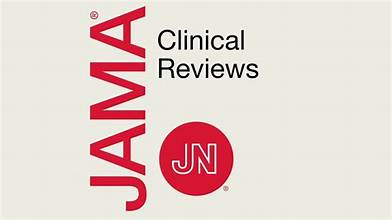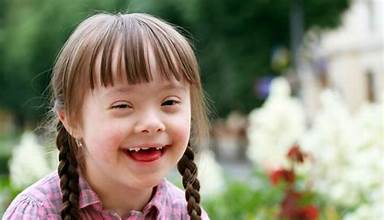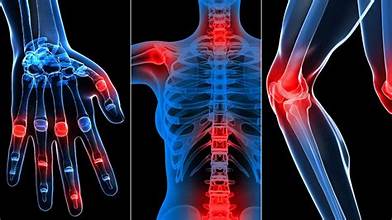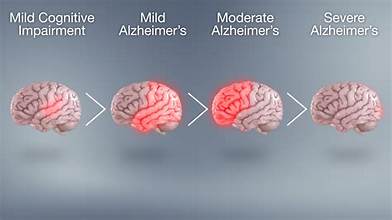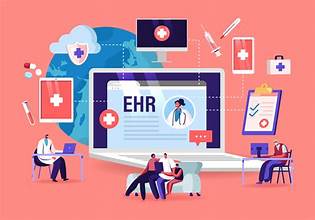What is cancer?
Cancer is a disease in which certain cells in the body grow uncontrollably and spread to other parts of the body. Normally, human cells grow and divide in an orderly way to form new cells as the body needs them. When cells become old or damaged, they usually die, and new cells replace them. But in cancer, this process breaks down:
- Abnormal cells grow when they shouldn’t.
- These cells can form a mass of tissue called a tumor (not all cancers form solid tumors, e.g., leukemia).
- Cancer cells can invade nearby tissues and may spread (metastasize) through the blood and lymph systems to distant parts of the body.
What is breast cancer?
Breast cancer is among the most common types of cancer in women. It occurs when abnormal cells in the breast grow out of control and form a lump or tumor. In many cases, these tumors are invasive, meaning they have the ability to spread beyond the breast tissue to nearby lymph nodes and even other parts of the body.
While the risk increases with age most often affecting women over 50 younger women can also develop breast cancer, and though less common, men are not completely exempt from the disease.
Factors such as family history, genetic mutations (like BRCA1 and BRCA2), lifestyle choices, and hormonal influences can raise the likelihood of developing breast cancer. Early detection through regular self-exams, clinical screenings, and mammograms greatly improves the chances of successful treatment.
Types of Breast Cancer:
Doctors classify breast cancer into different types and subtypes to design treatments that work best while minimizing side effects. The most common types include:
- Invasive ductal carcinoma (IDC): This type begins in the milk ducts and spreads into the surrounding breast tissue. It is the most frequently diagnosed breast cancer in the U.S.
- Invasive lobular carcinoma (ILC): Originating in the milk-producing glands (lobules), this cancer often extends into nearby breast tissue. It is the second most common type after IDC.
- Ductal carcinoma in situ (DCIS): Like IDC, this form starts in the milk ducts. However, unlike invasive cancers, DCIS remains confined within the ducts and does not spread.
Less Common Types:
Some forms of breast cancer are less common but may be more aggressive or unusual in presentation:
- Triple-negative breast cancer (TNBC): An invasive and often fast-spreading cancer that does not respond to hormonal therapy or certain targeted treatments.
- Inflammatory breast cancer (IBC): A rare and aggressive cancer that grows rapidly and may cause the breast to appear swollen, red, or rash-like.
- Paget’s disease of the breast: An uncommon type that affects the skin of the nipple and areola, often resembling eczema or a rash. It accounts for less than 4% of breast cancer cases.
Hormone and Protein-Based Breast Cancer Subtypes:
Breast cancer can be grouped into subtypes depending on whether the cancer cells have receptors for the hormones estrogen and progesterone, or if they produce too much of a protein called HER2 (human epidermal growth factor receptor 2). These receptors and proteins act like “fuel sources,” allowing cancer cells to grow and multiply.
When a tumor is tested, doctors check for the presence of these hormone receptors and the HER2 protein. The results help determines the best treatment approach and also provide insight into the chances of the cancer returning in the future.
A unique form, known as triple-negative breast cancer (TNBC), lacks both hormone receptors and does not produce excess HER2. Because of this, treatment options are more limited compared to other subtypes, and managing the disease can be more challenging.
Warning Signs of Breast Cancer:
In its earliest stages, breast cancer often develops silently, without noticeable symptoms this is why screening and early detection play such a vital role. As the disease progresses, however, different warning signs may appear.
Common symptoms include:
- A lump, thickening, or unusual mass in the breast or underarm (may or may not be painful).
- Visible changes in breast size, shape, or symmetry.
- Alterations in skin texture such as dimpling, puckering, redness, or a rash-like appearance.
- Swelling in part of the breast or around the collarbone/underarm.
- Changes in the nipple, including inversion, scaling, or changes to the areola.
- Discharge from the nipple, which may be clear, yellowish, or sometimes bloody.
Other possible symptoms:
- Persistent breast or chest pain.
- Itching or warmth in the breast.
- Thickened skin that feels different from the surrounding tissue.
- Unexplained weight loss, fatigue, or loss of appetite in later stages.
When breast cancer advances, it can spread first to the lymph nodes under the arm, which may become enlarged even if they are not painful to touch. If the cancer spreads further to distant organs like the lungs, liver, bones, or brain, additional signs may develop such as shortness of breath, persistent cough, jaundice, bone pain, headaches, or neurological changes.
Although many breast lumps turn out to be benign (non-cancerous), it is crucial to seek medical evaluation for any abnormality. Early diagnosis not only increases treatment success but also reduces the risk of the cancer spreading to other areas.
What Causes Breast Cancer?
Breast cancer develops when healthy breast cells undergo genetic changes (mutations) that cause them to grow uncontrollably. These abnormal cells multiply and form tumors, which may spread to other areas of the body. While the exact trigger behind these mutations is not fully understood, research has identified several risk factors that can increase the likelihood of developing breast cancer.
Key risk factors include:
- Age: The chances of developing breast cancer rise with age, particularly after 55.
- Biological sex: Women are at significantly higher risk than men, though men can also be affected.
- Family history: Having a close relative (such as a parent, sibling, or child) with breast cancer raises your risk.
- Inherited genetic mutations: Around 5–15% of cases are linked to mutations in specific genes, most commonly BRCA1and BRCA2.
- Lifestyle habits: Smoking and regular alcohol consumption have both been associated with an increased risk of breast cancer.
- Obesity: Being overweight, especially after menopause, may contribute to the development of the disease.
- Radiation exposure: Previous radiation treatments to the chest, neck, or head increase long-term risk.
- Hormone replacement therapy (HRT): Prolonged use of certain hormone therapies for menopause can elevate the likelihood of diagnosis.
Although having one or more of these risk factors does not guarantee that someone will develop breast cancer, being aware of them can help individuals make informed lifestyle and healthcare choices.
Potential Complications of Breast Cancer:
Breast cancer is not only a serious illness on its own but can also lead to several complications that affect a person’s overall health and quality of life. The most serious complication is the development of metastatic breast cancer, where cancer cells spread beyond the breast to distant organs such as the bones, liver, lungs, or brain. Research suggests that nearly one in three women initially diagnosed with early-stage breast cancer may eventually experience metastasis.
Other possible complications include:
- Recurrence: Even after successful treatment, breast cancer can return in the breast, nearby lymph nodes, or other areas of the body.
- Lymphedema: Swelling in the arm or chest area may occur when lymph nodes are removed or damaged during treatment.
- Treatment side effects: Chemotherapy, radiation, and hormone therapies can cause long-term issues such as fatigue, heart problems, infertility, or osteoporosis.
- Emotional and psychological impact: Anxiety, depression, and stress are common in individuals coping with diagnosis, treatment, or fear of recurrence.
- Chronic pain: Some people experience lasting pain or discomfort in the breast, chest wall, or underarm area following surgery or radiation.
- Secondary cancers: Rarely, treatment itself (such as radiation or certain chemotherapy drugs) can increase the risk of developing another type of cancer later in life.
Managing breast cancer involves not only treating the disease but also addressing these possible complications to improve survival and maintain the best quality of life.
Ways to Reduce the Risk of Breast Cancer:
Although breast cancer cannot always be prevented, certain lifestyle choices and medical options may help lower the risk.
Screening and awareness: Speak with your doctor about when to begin breast cancer screening and which tests are most suitable for you. Becoming familiar with the normal look and feel of your breasts through occasional self-checks can help you notice changes early, such as new lumps or unusual skin or nipple changes. While self-exams cannot prevent cancer, they improve awareness and may lead to earlier detection.
Healthy lifestyle habits: Limiting alcohol intake or avoiding it altogether can reduce risk, as even small amounts have been linked to breast cancer. Regular physical activity (at least 30 minutes on most days), maintaining a healthy body weight, and eating a balanced diet are also strongly recommended.
Hormone therapy considerations: If you are using hormone replacement therapy (HRT) for menopausal symptoms, talk with your healthcare provider about the benefits and risks. Using the lowest possible dose for the shortest necessary time can help minimize breast cancer risk.
For high-risk individuals: People with a strong family history, genetic mutations like BRCA1 or BRCA2, or precancerous breast conditions may need additional preventive strategies. These include:
- Preventive medication: Drugs that block estrogen, such as selective estrogen receptor modulators (SERMs) or aromatase inhibitors, may lower breast cancer risk in high-risk individuals. These medicines are typically prescribed with caution due to potential side effects.
Risk-reducing surgery: In cases of very high risk, preventive surgeries such as a prophylactic mastectomy (removal of the breasts) or prophylactic oophorectomy (removal of the ovaries) may be considered to significantly decrease the chances of developing breast and ovarian cancer.

